In the realm of problem-solving methodologies, the 5 Whys Technique stands as a stalwart, guiding organizations through the intricate maze of identifying root causes. At TrainerCentric, we understand the pivotal role this technique plays during root cause analysis in honing business processes and fostering continuous improvement. In this article, we will discuss how 5 why technique can be used in corporate training to understand the root cause of the problem and to solving them. Let’s get started.
What is the 5 Whys Technique?
The 5 Whys Technique is a powerful problem-solving methodology designed to delve deep into the heart of an issue by iteratively asking “why” until the fundamental cause is unearthed. This method, originating from the Toyota Production System, has evolved into a cornerstone for various industries aiming to enhance efficiency and eliminate recurrent problems.
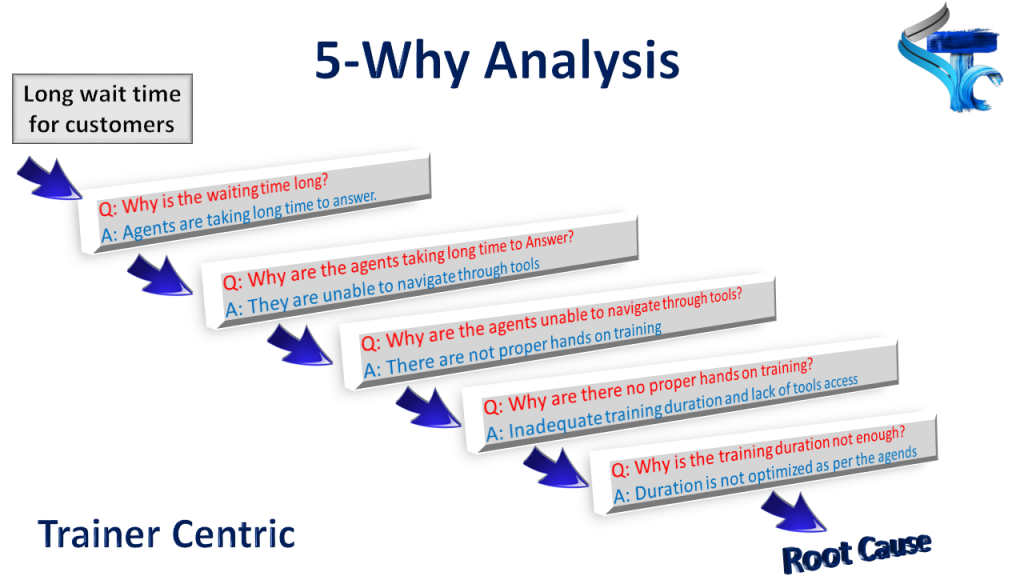
Step-by-Step Guide to 5 Whys
Step 1: Define the Problem
Begin by clearly articulating the issue you’re facing. Imagine you’re explaining it to a friend. The key here is to ensure everyone involved understands the problem’s scope and impact. Take your time; clarity at this stage is crucial.
In this scenario, let’s assume that the Problem is – The call center has observed a sudden increase in the Average Handling Time (AHT) for customer calls.
Step 2: Ask the First “Why”
Now, let’s get curious. Ask yourself, or your team, why the problem occurred. This is not about blame but understanding the surface-level cause. Imagine you’re peeling layers off an onion – the first “why” is the outermost layer.
For example: Why is AHT increasing?
Answer: Customer service agents are spending more time searching for information during calls.
Step 3: Ask the Second “Why”
Dive a bit deeper. Once you have the first answer, ask why that particular thing happened. Keep it simple. This is where you begin to unveil the connections between different factors. Think of it like a detective following clues.
For example: Why are agents struggling to find information quickly?
Answer: The knowledge base system is outdated and lacks intuitive search features.
Step 4: Ask the Third “Why”
Continue the exploration. Ask why the second answer occurred. By now, you might feel like you’re reaching the heart of the matter. Think of this step as connecting the dots – you’re moving from what’s obvious to what might be less apparent.
For example: Why hasn’t the knowledge base system been updated?
Answer: There’s a lack of a systematic process for regular updates, and the IT department is unaware of the issue.
Step 5: Ask the Fourth “Why”
We’re getting closer to the root cause. Ask why the third answer came to be. This step often reveals patterns or systemic issues. It’s like looking at the bigger picture, understanding how various elements interact.
For example: Why is there a lack of communication between departments?
Answer: There’s no established protocol for sharing feedback or issues between the call center and IT department.
Step 6: Ask the Fifth “Why”
The final stretch – ask why the fourth answer happened. This is where you unveil the root cause, the underlying issue that, when addressed, can truly resolve the problem. Imagine you’re reaching the core of the matter, the heart of the problem.
For example: Why is there no established communication protocol?
Answer: Historically, departments have operated independently, and there’s no cross-departmental collaboration structure in place.
By the above example, so far after asking the 5 whys, you have now understood that the actual reason behind the high AHT of the agents is not the problem of the agents being slow, but it is the problem that there is no cross-departmental collaboration structure in place. Sometime, the things are not as simple as it seems. Instead of wasting your time coaching the agents on how to improve their AHT, 5 whys technique lets you investigate the root cause and helps you identify the problem at the root.
Step 7: Implement Solutions
Now that you’ve identified the root cause, it’s time to brainstorm and implement solutions. Think of it like fixing a leaky roof – you’ve found the hole, and now you’re patching it up.
For example, you can take the following steps to improve the cross functional collaboration:
- Upgrade Knowledge Base System: Collaborate with IT to implement an updated, user-friendly knowledge base system with enhanced search capabilities.
- Establish Communication Protocol: Introduce a structured feedback mechanism between the call center and IT department to address issues promptly.
- Cross-Departmental Training: Initiate training programs to foster understanding and collaboration between call center and IT staff.
Step 8: Resolve the Problem
Once your solutions are in place, take a moment to appreciate the journey. The 5 Whys Technique is not just about fixing things; it’s about preventing issues from resurfacing. You’ve not only addressed the symptoms but tackled the root cause.
For example, in our case, regularly monitoring AHT and providing feedback to agents will ensure the implemented solutions are effective. As issues arise, apply the 5 Whys Technique iteratively to refine processes and maintain efficiency.
Advantages and Benefits of 5 whys technique
As organizations navigate the ever-evolving landscape of problem-solving methodologies, the 5 Whys Technique emerges not just as a tool but as a strategic ally. Let’s delve into the profound advantages that unfold when this technique is seamlessly integrated into the fabric of organizational processes.
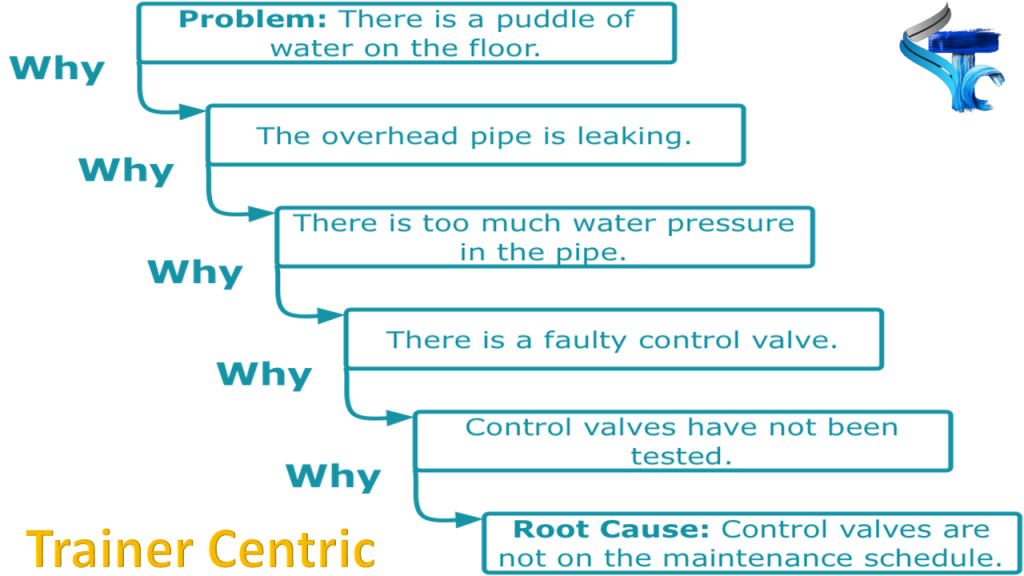
Precision in Problem-Solving
The 5 Whys Technique is not just about identifying the symptoms but about precision – the ability to pinpoint the exact root cause. By asking iterative “whys,” organizations move beyond surface-level issues, ensuring that solutions are not mere band-aids but comprehensive remedies addressing the heart of the matter.
Cost-Efficiency Redefined
Precision in problem-solving inherently translates to cost-efficiency. By investing time and resources in understanding and resolving the root cause via 5 whys technique, organizations avoid the pitfalls of temporary fixes that only address symptoms. This strategic approach optimizes resource allocation, preventing unnecessary expenditures and fostering long-term financial sustainability.
A Proactive Approach to Continuous Improvement
Unlike reactive problem-solving, the 5 Whys Technique propels organizations into a proactive realm of continuous improvement. By uncovering the underlying issues, organizations not only resolve the current problem but also fortify themselves against future occurrences. This strategic foresight transforms the organization into a dynamic entity that evolves and grows through each challenge.
Cultivating a Culture of Inquiry
Implementing the 5 Whys Technique transcends a singular problem-solving methodology; it fosters a culture of inquiry. Encouraging teams to ask “why” cultivates a mindset of curiosity and critical thinking. This cultural shift permeates throughout the organization, empowering teams to proactively seek solutions, identify patterns, and contribute to a collective intelligence that drives progress.
Empowering Stakeholders
One of the distinctive advantages of the 5 Whys Technique lies in its ability to empower stakeholders at all levels. From frontline employees to top-level executives, each individual becomes an active participant in the problem-solving process. This democratization of insights not only accelerates the identification of root causes but also instills a sense of ownership and responsibility, fostering a collaborative environment.
How many times I can repeat 5 Whys Technique for the same problem?
The 5 Whys Technique, renowned for its effectiveness in uncovering root causes, often leaves practitioners pondering a common question: Is it okay to use the 5 Whys technique more than five times? In this exploration, we delve into the nuances of iterative 5 Whys, dissecting its potential benefits and considering the implications of extending the inquiry beyond the conventional fifth “why.”
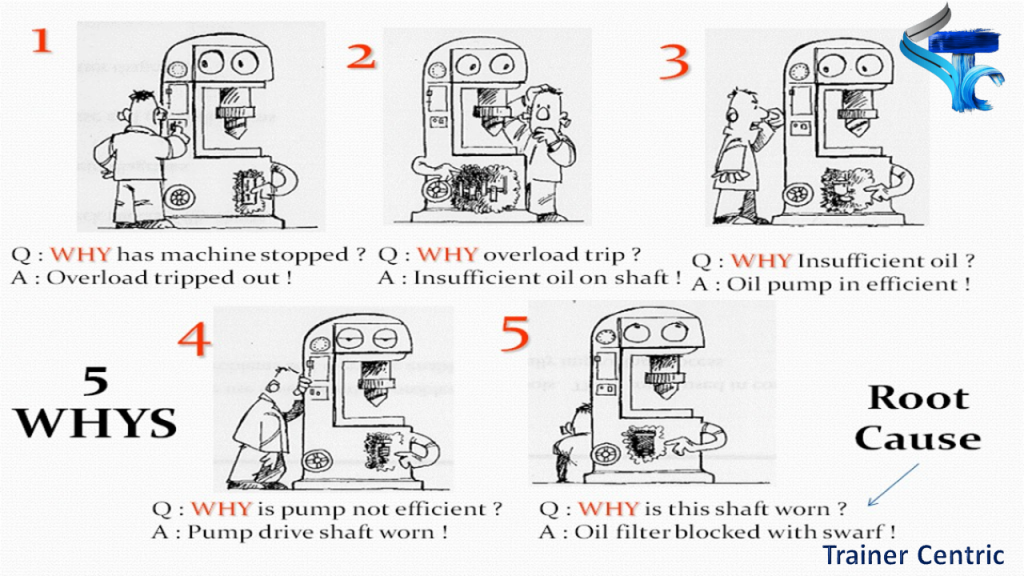
Unearthing the Root Cause
The primary purpose of the 5 Whys Technique is to drill down to the root cause of a problem. However, it’s essential to understand that the number “5” is not a rigid constraint but a guideline. The iterative process stops when the team feels confident, they have reached the true origin of the issue.
Complex Issues Demand Deeper Exploration
In scenarios where problems are multifaceted or deeply entrenched, a strict adherence to the traditional five iterations might lead to oversimplification. The iterative 5 Whys approach allows teams to delve deeper into the complexity of certain issues, ensuring a thorough understanding and more effective solutions.
Uncovering Layers of Complexity
Some problems have layers, much like an onion. Each “why” peels back a layer, revealing deeper intricacies. If the fifth “why” leaves lingering uncertainties or if new insights surface, the team may opt for additional iterations to ensure a comprehensive understanding.
What are The Implications of Iterative 5 Whys technique?
Balancing Depth and Efficiency: While the iterative approach offers depth in understanding, it’s crucial to strike a balance between thorough exploration and efficiency. Teams should gauge the complexity of the problem and the resources available, ensuring that the depth of inquiry aligns with the practical needs of the situation.
Team Engagement and Satisfaction: Engaging in iterative 5 Whys can boost team satisfaction by fostering a sense of completeness in problem-solving. Team members may feel more confident in the solutions derived from a thorough exploration, contributing to a positive and empowered work culture.
Best Practices for Iterative 5 Whys techniques
- Clear Communication
- Time Considerations
- Balanced Depth and Efficiency
- Documentation
- Continuous Improvement
Maintain clear communication within the team about the decision to go beyond the traditional five iterations. Transparency ensures everyone is on the same page and understands the rationale behind the extended inquiry.
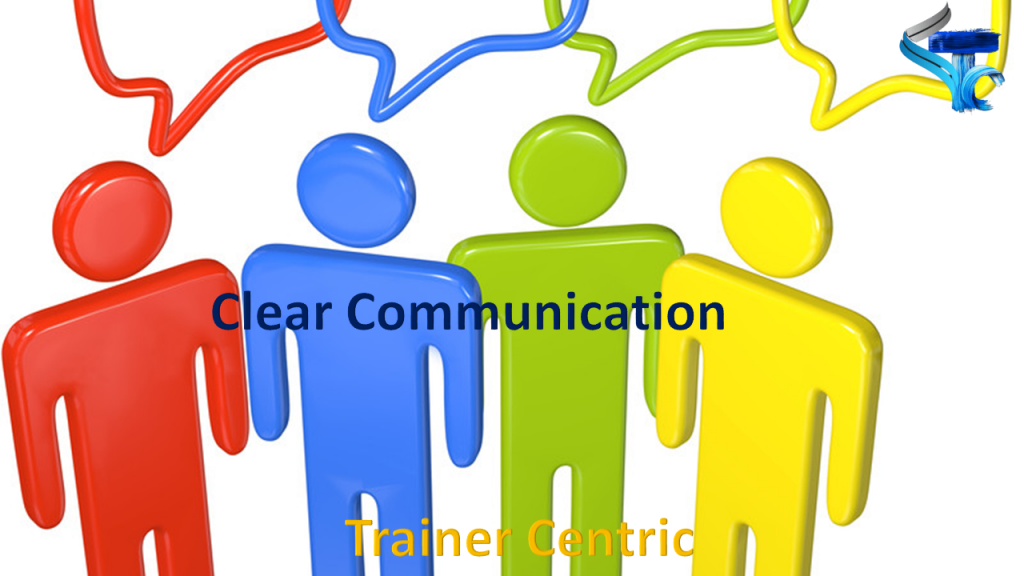
Evaluate the time sensitivity of the problem. While depth is valuable, time constraints may necessitate a balance between depth and expediency. Assess whether the benefits of further exploration outweigh the potential delays in resolution.
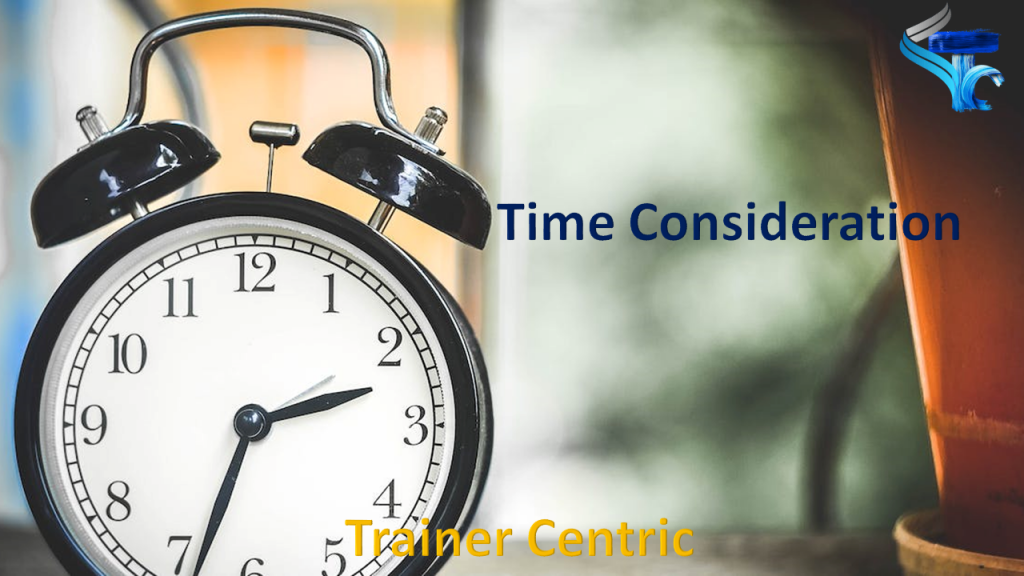
Maintain a strategic mindset when deciding on the number of iterations. Assess the complexity of the problem and weigh the benefits of a deeper inquiry against the practical needs of the situation. Strive for a balance that maximizes both depth and efficiency.
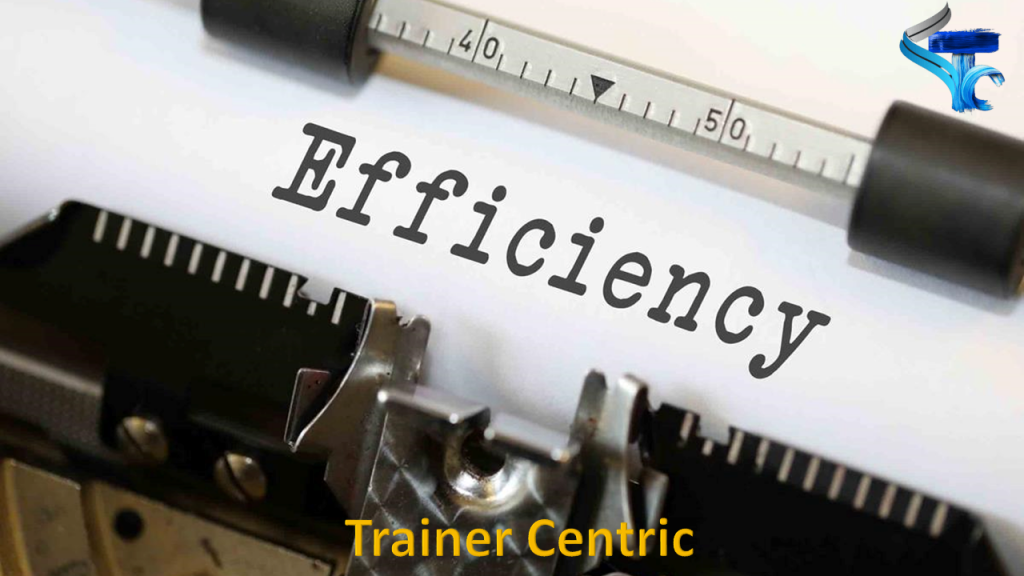
Document each step of the iterative process meticulously. This not only aids in tracking the progression of the inquiry but also provides a valuable reference for future analyses. Thorough documentation contributes to organizational learning and continuous improvement.
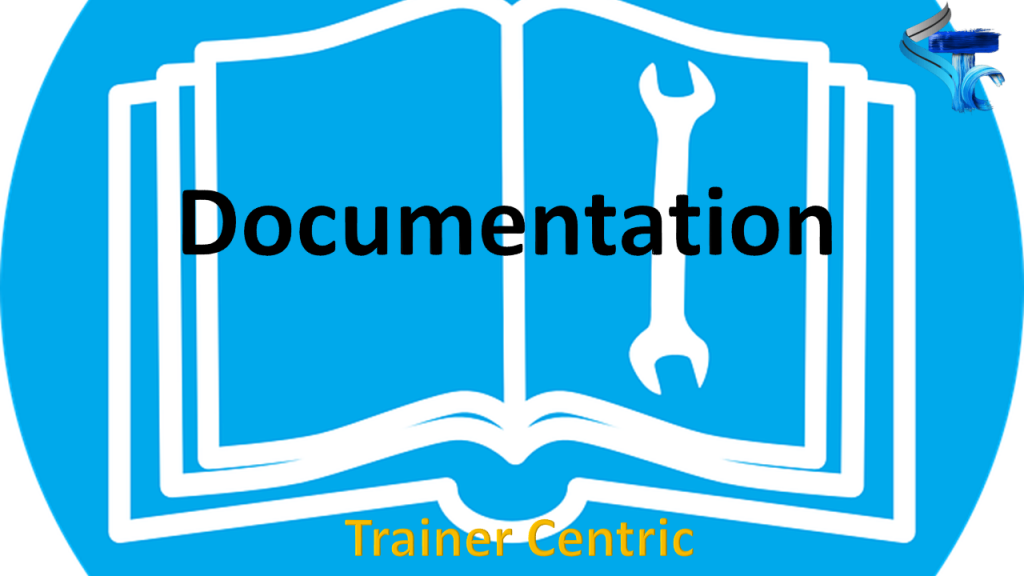
Treat each iteration as an opportunity for learning. Encourage the team to reflect on the insights gained and incorporate these lessons into future problem-solving endeavors. The iterative 5 Whys should be a catalyst for continuous improvement.
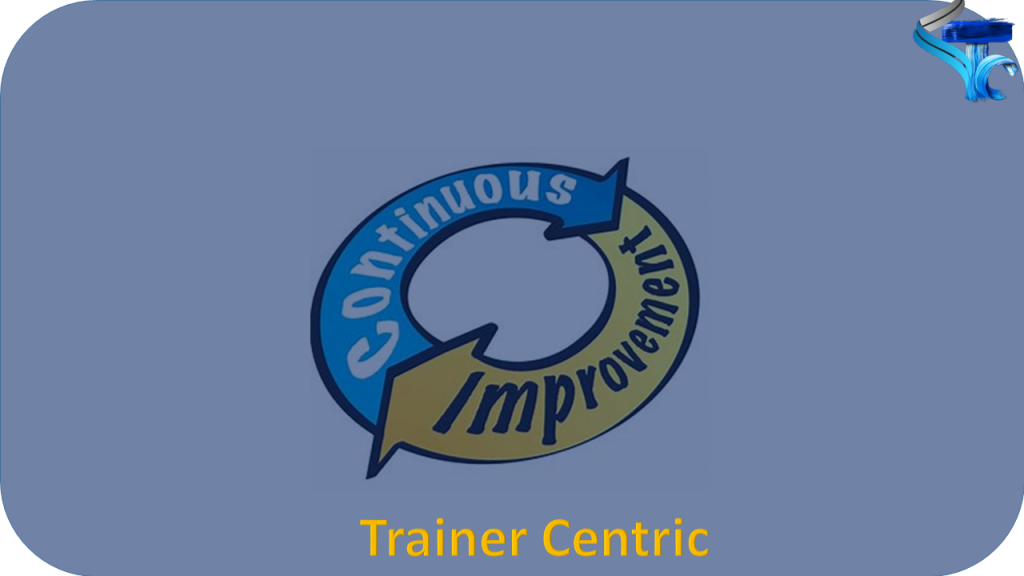
5 Whys Technique Template
Crafting an effective 5 Whys Technique template is a strategic endeavor that lays the foundation for systematic problem-solving. The template serves as a roadmap, guiding teams through the layers of inquiry needed to unearth the root cause of an issue. Begin with a succinct problem definition, setting the stage for clarity.
The template should then outline each “why” iteration, prompting users to delve deeper with targeted questions. Encourage specificity to avoid vague or generic responses, fostering a precise exploration process. Include space for insights gained at each stage, promoting documentation for future reference and continuous improvement. Emphasize the iterative nature of the process, allowing flexibility beyond the conventional fifth “why” when necessary.
A well-crafted 5 Whys Technique template not only streamlines the problem-solving journey but also ensures consistency, transparency, and the cultivation of a culture of inquiry within the organization. At [Your Company Name], we specialize in developing templates that empower organizations to navigate the complexities of the 5 Whys Technique with ease and efficacy.
Conclusion
In conclusion, the question of whether it’s okay to use the 5 Whys technique more than five times is not about adhering to a rigid rule but about adaptability and strategic decision-making. The iterative approach provides a valuable tool for organizations facing complex challenges, enabling them to peel back the layers of complexity and arrive at more nuanced, effective solutions.
At TrainerCentric, we recognize the importance of flexibility in problem-solving methodologies, embracing the iterative 5 Whys as a means to unravel even the most intricate organizational puzzles.

![The Power of Storytelling in Corporate Training: Igniting Success and Inspiring Growth [2023]](https://trainercentric.com/wp-content/uploads/2023/06/storytelling-1024x576.jpg)

